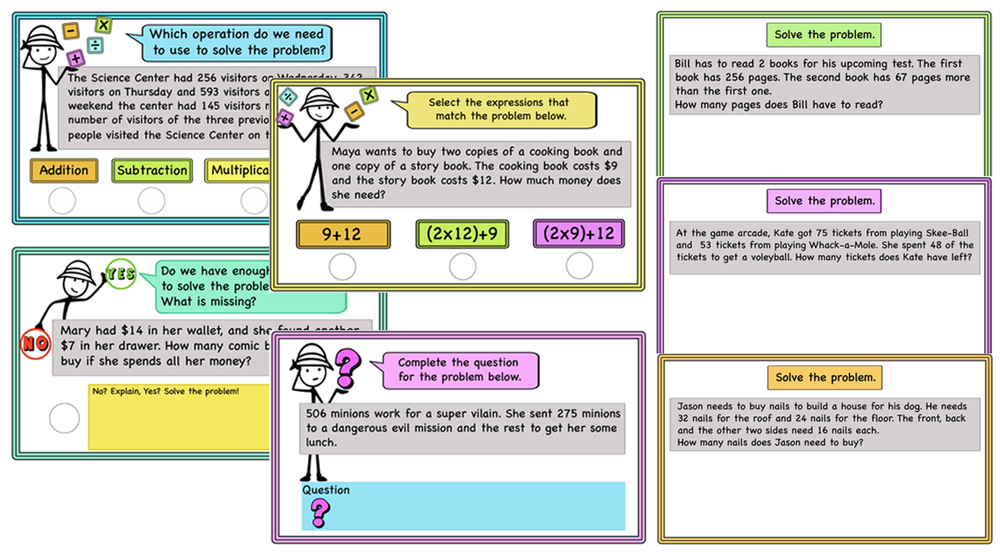Mathematics, often perceived as a complex web of numbers and formulas, can become significantly more engaging and understandable when linked to real-world examples. Using practical scenarios not only helps demystify complex concepts but also demonstrates the relevance of math in everyday life. Let’s delve into the importance and effectiveness of using real-world examples in math education.
Real-world examples in math instruction bridge the gap between abstract concepts and practical applications. They help students see the usefulness of math in everyday life, increase engagement, and often simplify complex ideas, making them more accessible.
Effective Ways to Incorporate Real-World Examples:
- Personal Finance: Teach concepts like interest, percentages, and budgeting through real-life scenarios such as saving for a purchase, comparing prices with discounts, or understanding loan payments.
- Cooking and Baking: Use recipes to illustrate concepts of fractions, ratios, and proportions. Adjusting a recipe for a different number of servings is a practical way to demonstrate scaling and conversions.
- Sports Statistics: Analyze data from sports like batting averages in baseball, points per game in basketball, or timing stats in athletics to teach statistics and probability.
- Shopping and Budgeting: Create classroom activities around shopping and budgeting. For example, calculating the total cost of items, comparing prices, or planning a budget for a trip. Organize a fundraiser or a charity market.
- Architecture and Design: Use geometry and measurement in the context of designing a room layout, creating a garden plan, or understanding architectural blueprints.
- Travel Planning: Engage students in planning a trip, where they calculate distances, travel time, fuel consumption, or create a budget for the trip.
- Environmental Statistics: Teach students about data interpretation and statistical analysis through environmental issues, like analyzing pollution levels, weather patterns, or population growth.
- Technology and Coding: Introduce basic algorithms and problem-solving skills through coding activities. Explain how mathematics underpins various aspects of technology and digital applications.
- Real Estate: Use examples from real estate to teach area, perimeter, volume, and basic financial literacy, like calculating mortgage payments or property taxes.
- Current Events: Utilize current events to discuss statistics, graphs, and probability. This could include analyzing election poll data, understanding statistical claims in news reports, or studying economic indicators.
Challenges and Considerations:
- Ensure that examples are relatable and age-appropriate for your students.
- Balance real-world applications with the need to teach and reinforce fundamental mathematical concepts and skills.
- Be mindful of cultural and socioeconomic diversity to ensure that examples are accessible and relevant to all students.
Below you will find a collection of activities with word problems. interesting word problems are a great way to connect math to everyday life.
Solving Word Problems- Math talks-Strategies, Ideas and Activities-print and digital



